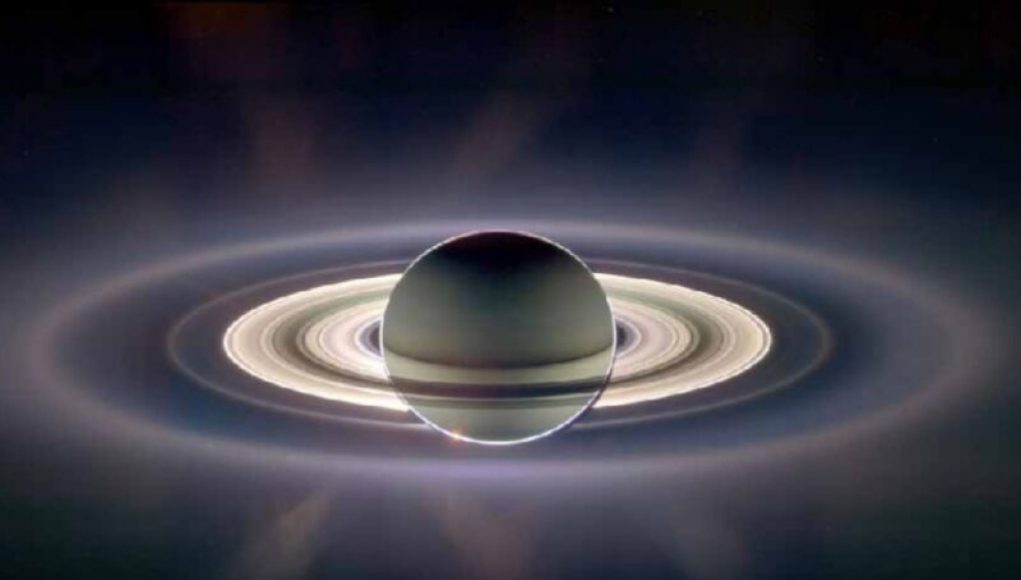The mystery of Saturn’s rings has captivated astronomers for centuries, but it wasn’t until NASA’s Cassini spacecraft collected data that we began to unravel their secrets. In 2019, a groundbreaking analysis challenged the long-held belief that the rings formed at the same time as the planet itself. Instead, it suggested that they were a mere 10 million to 100 million years old. Now, a new study confirms this controversial finding by analyzing the amount of dust accumulated on the rings.
But the history of Saturn’s rings goes back much further than Cassini. Galileo Galilei was the first to observe them in 1610, though he mistook them for “Saturn’s ears.” It wasn’t until later that astronomers like Christiaan Huygens and Giovanni Cassini began to unravel their true nature. And it wasn’t until the Space Age that we were able to send probes to explore the planet and its rings in detail.
One of the most intriguing findings from Cassini was the discovery that the rings are being slowly but steadily polluted by a mix of rocky dust and other organic compounds. This is relevant because one argument for a young age is that the water ice in Saturn’s rings is remarkably bright and pure for structures presumed to be 4.5 billion years old. But accumulated layers of dust should have darkened them much more.
Despite the many uncertainties, the idea that Saturn’s rings are much younger than previously thought has gained a stronghold in the popular imagination. And as we continue to study this fascinating planet and its rings, who knows what other secrets we may uncover?
Recent studies into the age of the rings of Saturn have yielded ground-breaking results regarding the celestial body’s formation. The research, completed by a team of astronomers at the University of Idaho, along with experts from Stockholm University and the University of Maryland, revealed that the famous rings of Saturn are much younger than the planet itself.
Using evidence collected from analyses of the present physical structure of the rings, scientists estimate that the rings formed no earlier than 100 million years ago. In contrast, the planet is thought to be around four billion years old.
The findings signify a significant new understanding in the field of astrogeology. Until now, the exact age of the rings on the outer gas planets has remained unresolved among experts. However, by using data from spacecrafts such as the “unmanned” Cassini, the team of scientists was able to propose a relatively accurate age estimate for the rings.
The research team analyzed the current height and width of the rings, and determined a timeline based on their densities. The researchers employed optical solutions to detect the position of starlight that had passed through the rings when trying to understand how long it would take for the rings to form their present shape.
These observations concluded that the rings contain a low density of particles and rise to a maximum height of around 40 meters. The rate of diminishment was determined by evaluating the steady decrease of the rings’ current thickness.
The most likely source of the rings, according to the scientists, is the disruption of a Saturnian moon. This would explain the dynamic nature of the rings, since the tiny pieces of the destroyed moon would become immersed in the planet’s gravitational field. The rings are continuously replenished by the material of the ex-moon and therefore have remained in the same circular shape over time.
The new findings are set to revolutionize our current understanding of the formation of rings around gas giant planets, and could lead to invaluable insights into the wider evolution of the universe.




















